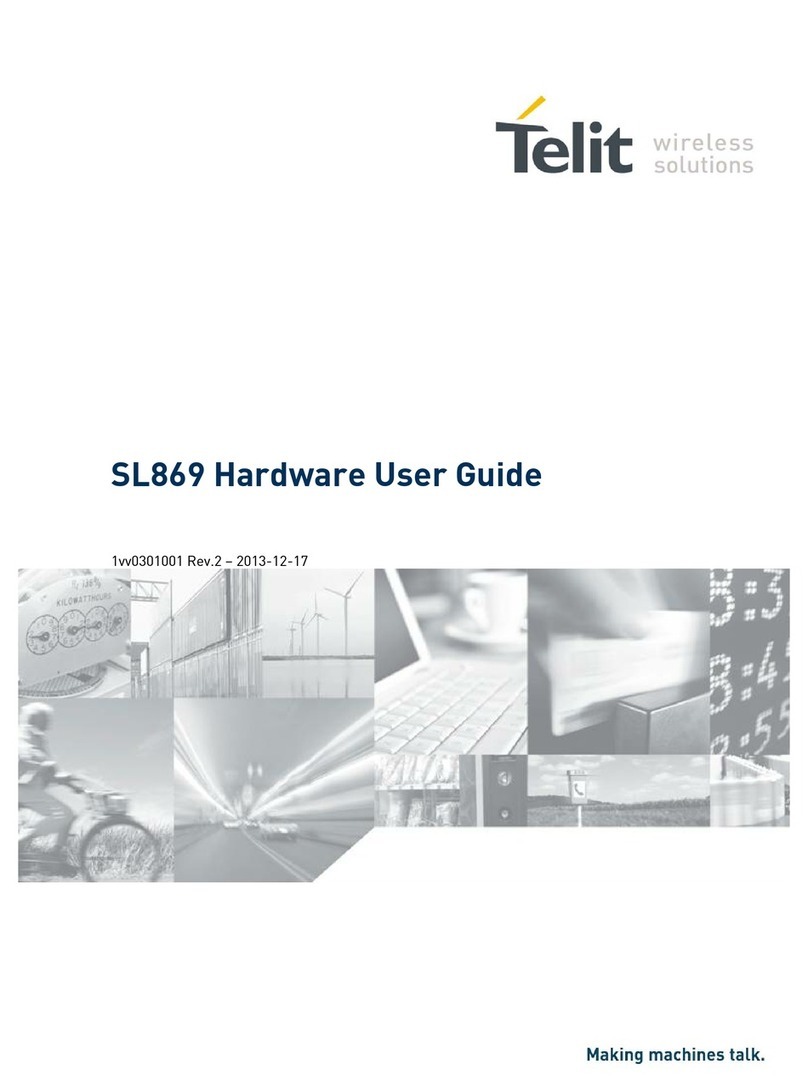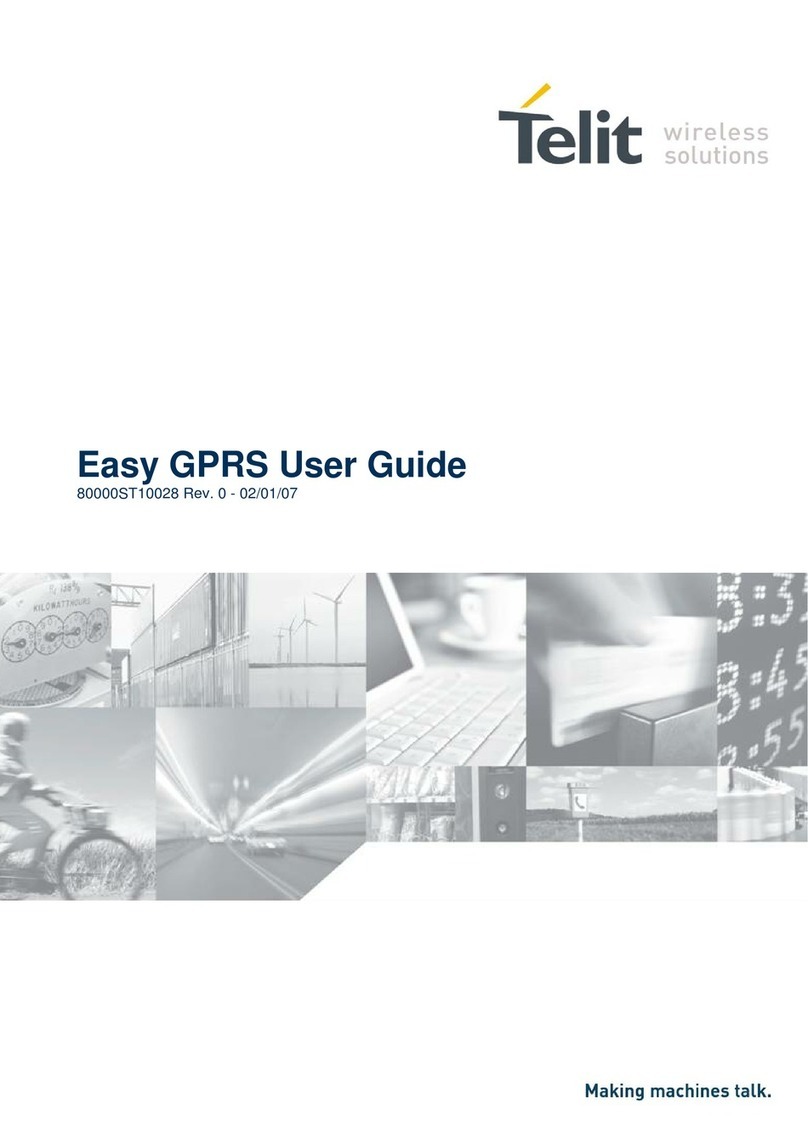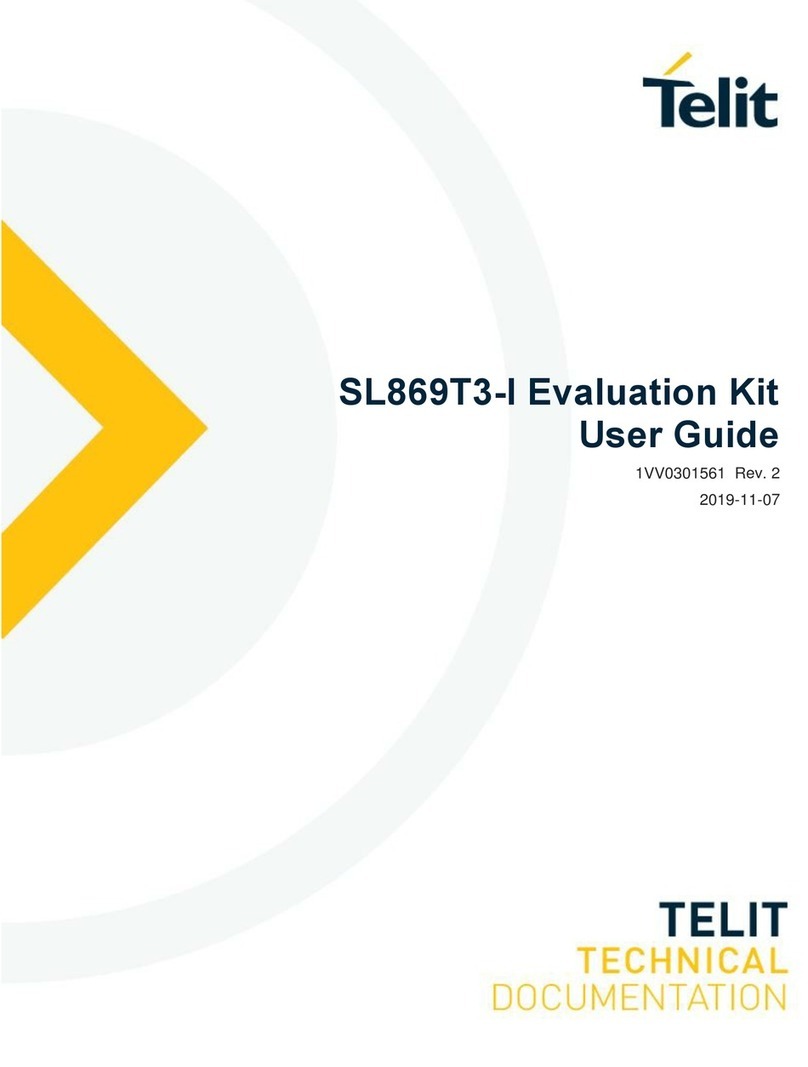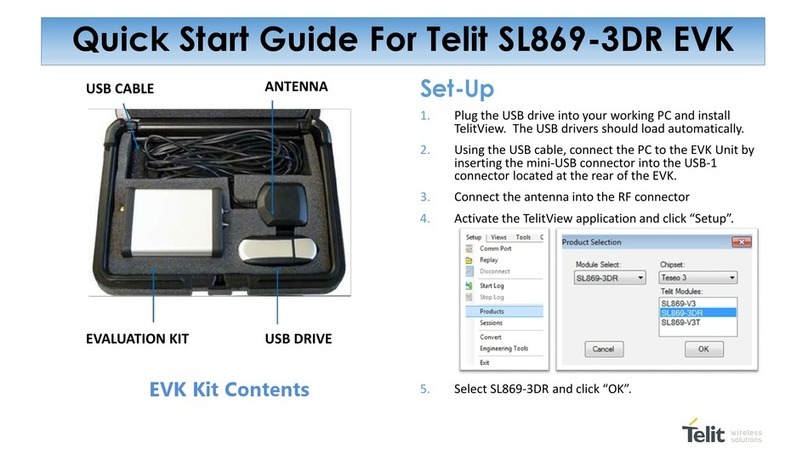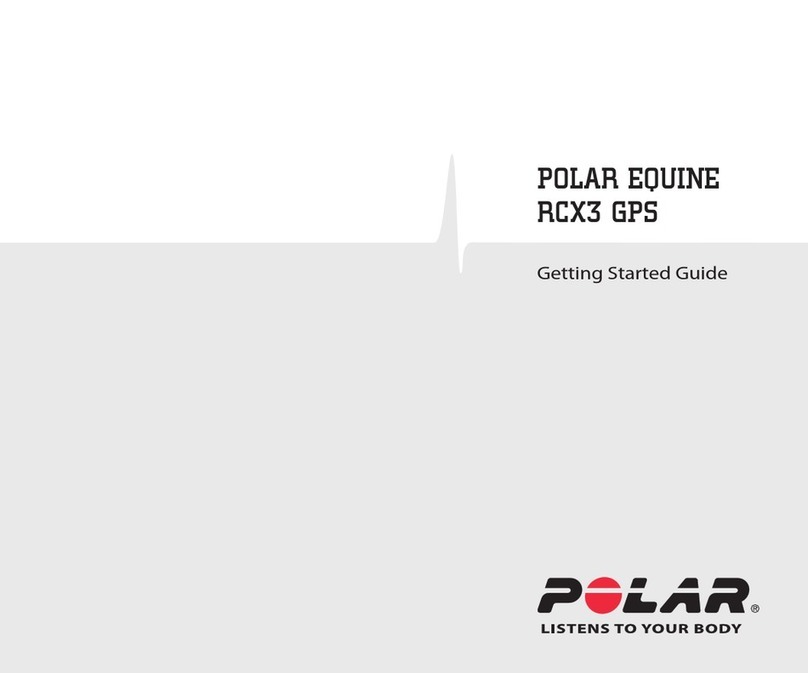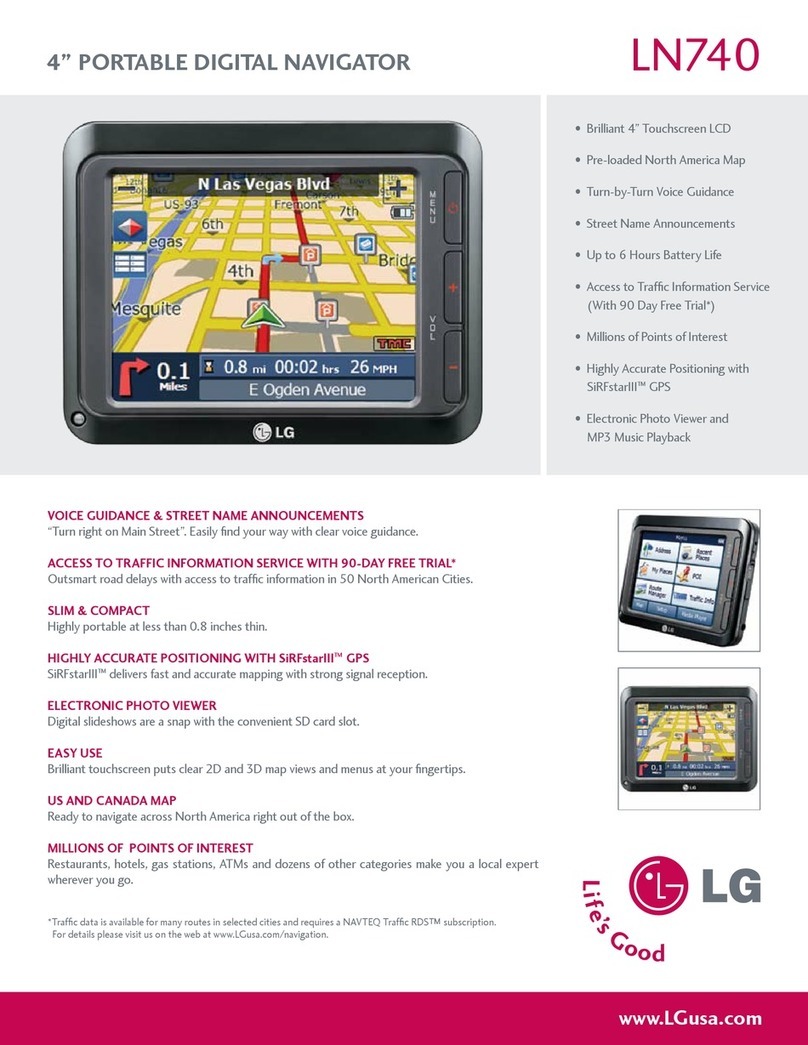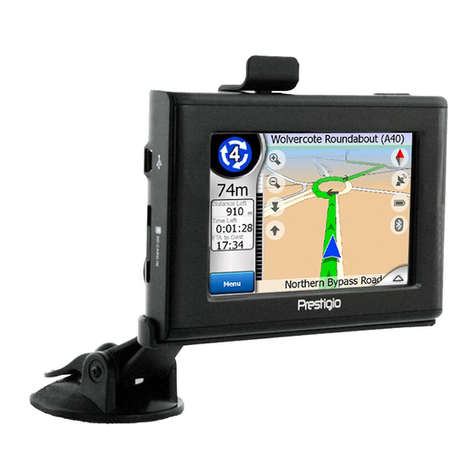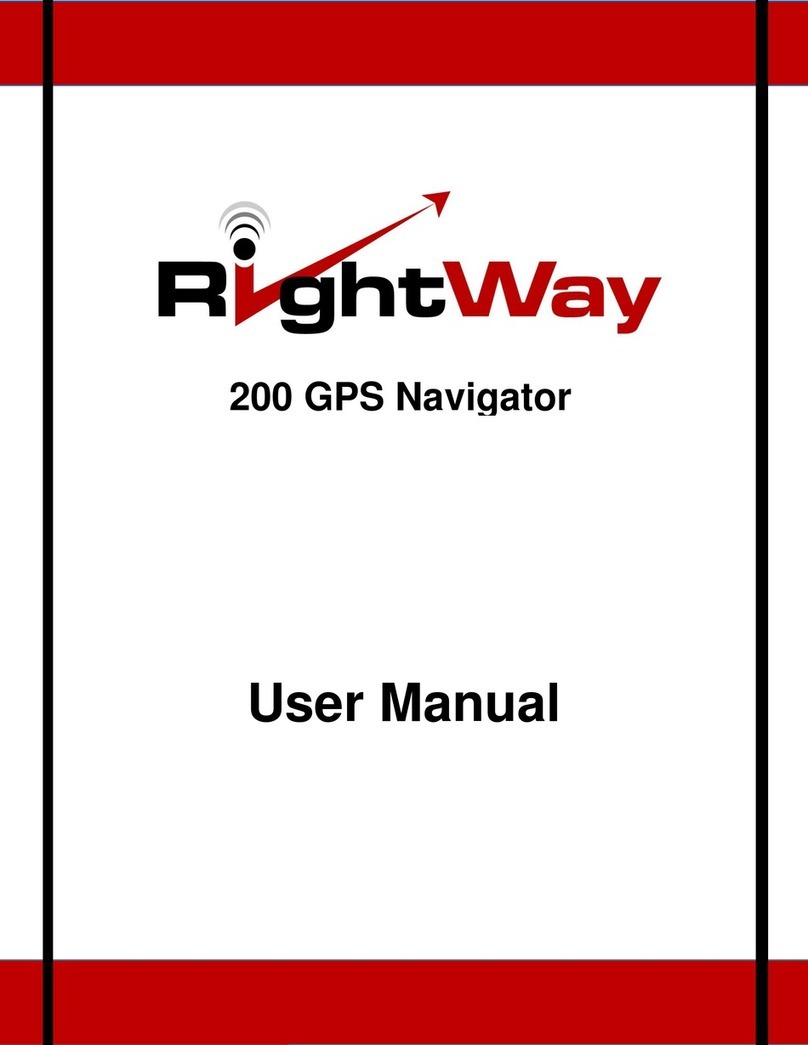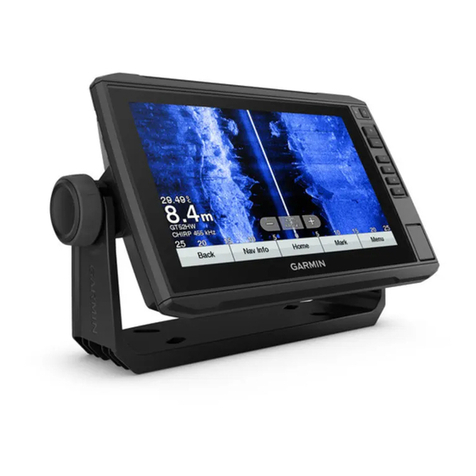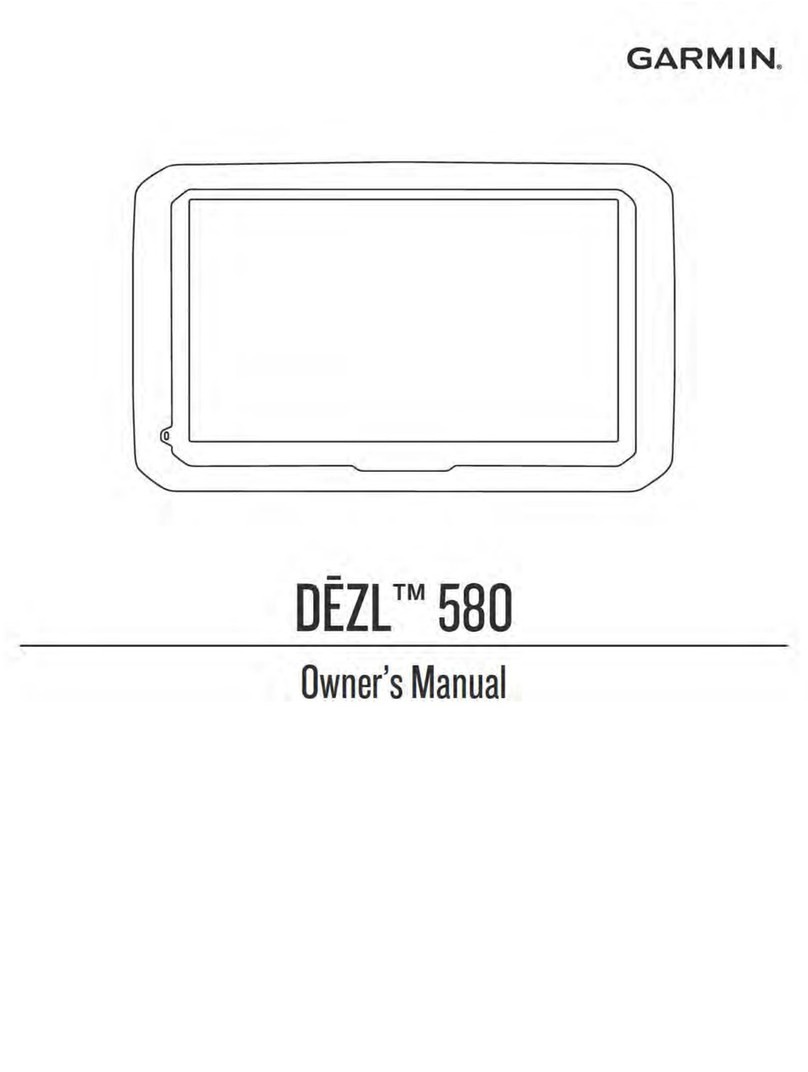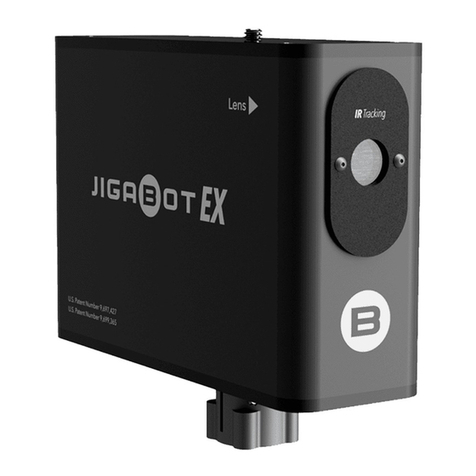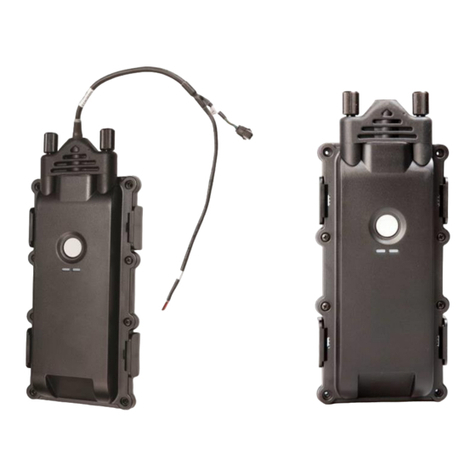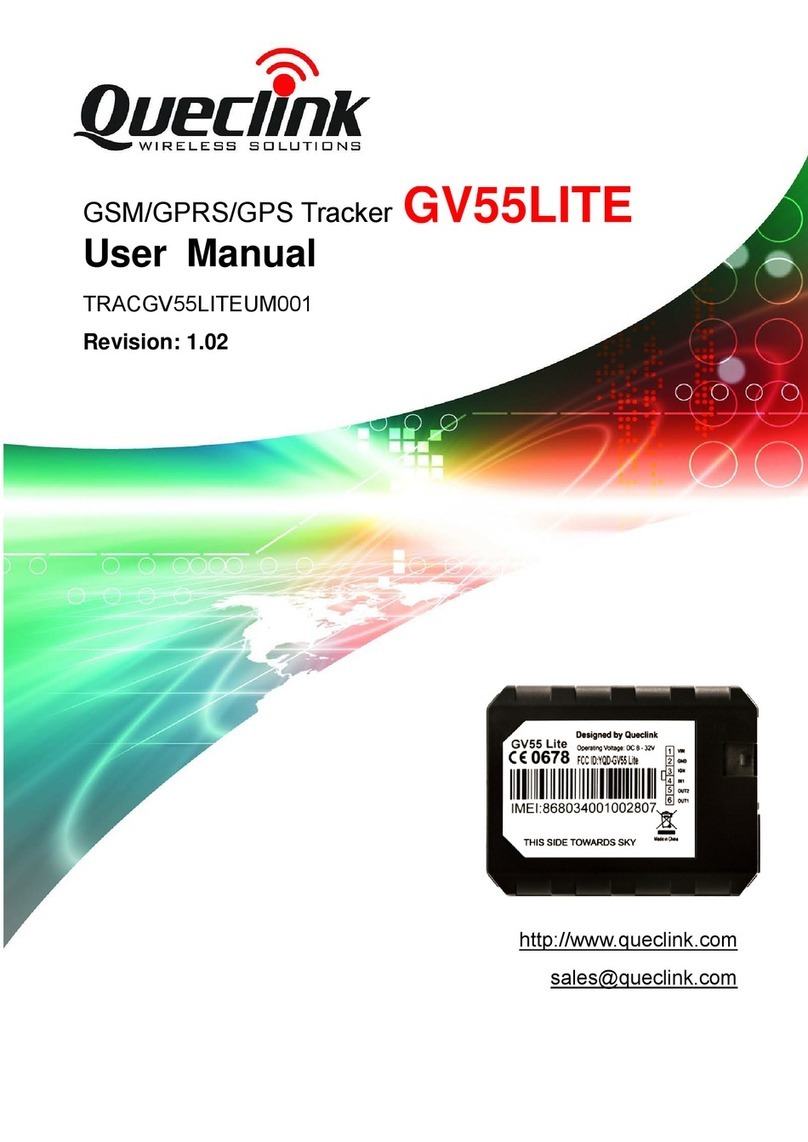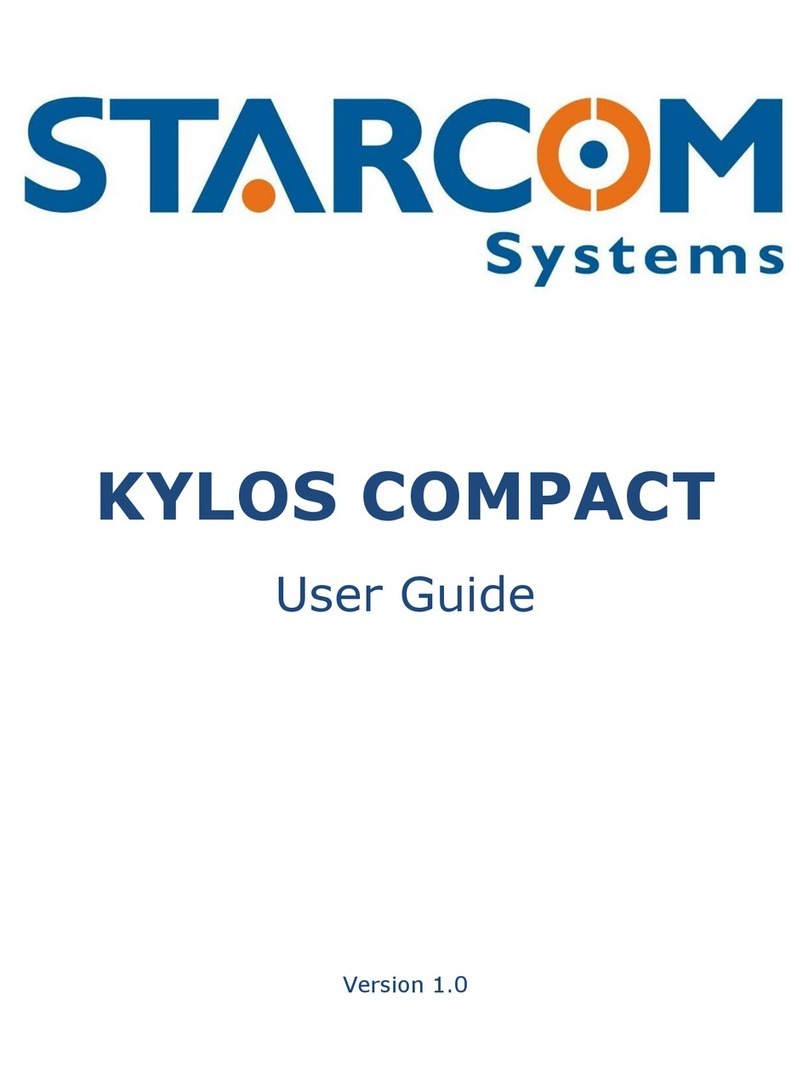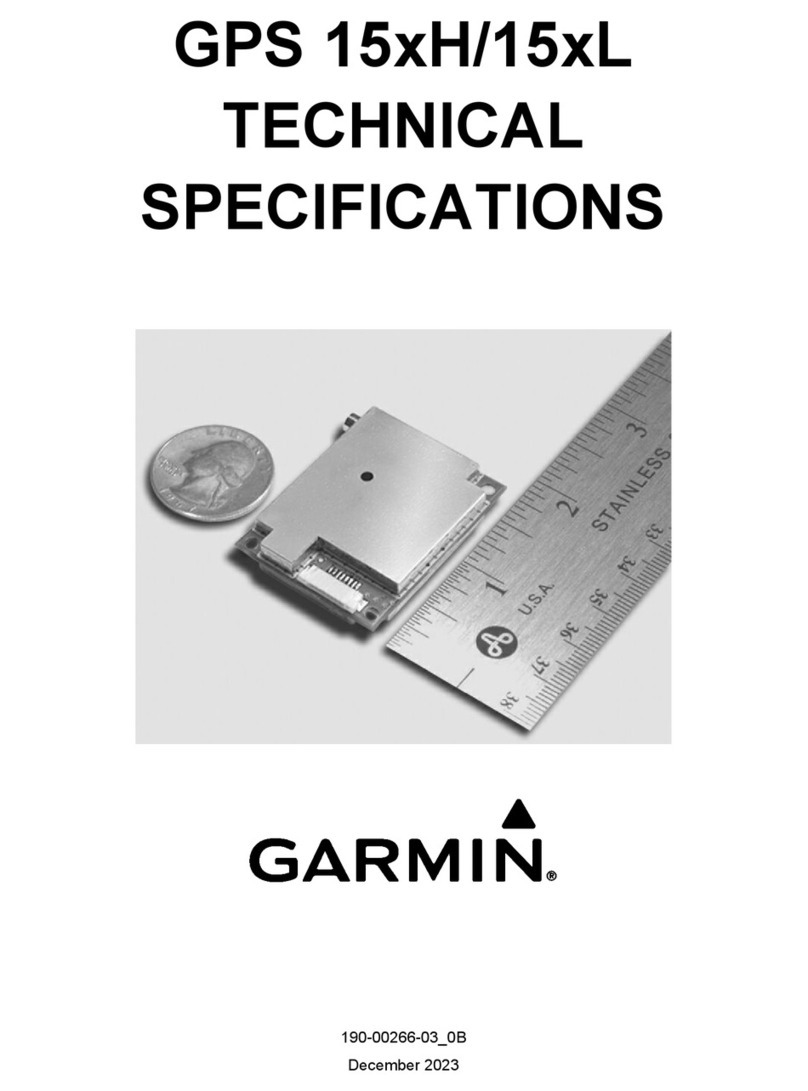SL869T3-I Product User Guide
1VV0301546 Rev. 3 Page 10 of 68 2021-03-31
2. PRODUCT DESCRIPTION
The SL869T3-I is a fully integrated GNSS module which receives GPS (L1) and NavIC (L5)
navigation signals. It is based on the STMicroelectronics Teseo III GNSS engine with an
ARM-9 core processor with flash memory, and includes a TCXO, RTC crystal, LNA, and
SAW filters.
Special Features
•By default, the NavIC (formerly IRNSS) L5 constellation is supported along with
GPS L1
•AIS-140 compliant
•Antenna on (output signal)
•Antenna sense (input signal)
2.1. Product Overview
•Complete GPS and NavIC receiver module including memory, TCXO, RTC, LNA,
SAW Filters, Diplexer, L5 RF chip, and DC blocking capacitor
•Based on the STMicroelectronics Teseo III engine with ARM946 CPU
•By default, constellations supported: GPS (L1 C/A) and NavIC (L5) are enabled
oGalileo (L1) may also be enabled if desired.
oAlso, GLONASS (L1) or Beidou (L1) may be enabled if NavIC is disabled.
•SBAS corrections (WAAS, EGNOS, MSAS, GAGAN) capable
•Assisted GPS (AGPS) Autonomous (ST-AGPS) support for extended ephemeris
•Differential GPS (DGPS) capable using the RTCM SC-104 protocol
•NMEA-0183 command input and data output
•Navigational fixes reported at One Hz
•3 UART ports (see I/O Ports)
•1 I2C port (see I/O Ports)
•1PPS output
•Supports active or passive antenna
•Antenna on (output) signal
•Antenna sense (input) signal
•Memory
